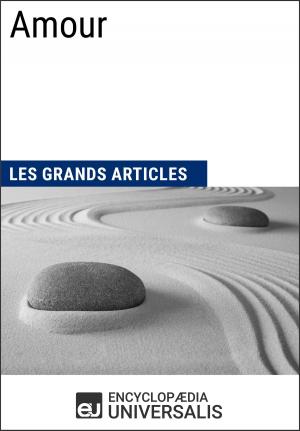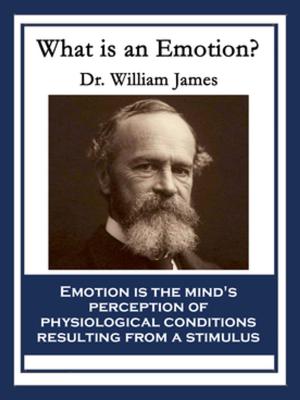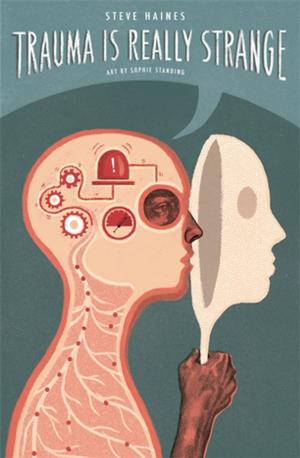Memory, Fear and Ghosts
A Scientific Analysis of Ghost Stories
Nonfiction, Health & Well Being, Psychology, Neuropsychology, Religion & Spirituality, Occult, Parapsychology, Emotions| Author: | Russ Breighner | ISBN: | 9780990384144 |
| Publisher: | Kryptik Ink | Publication: | December 7, 2015 |
| Imprint: | Kryptik Ink | Language: | English |
| Author: | Russ Breighner |
| ISBN: | 9780990384144 |
| Publisher: | Kryptik Ink |
| Publication: | December 7, 2015 |
| Imprint: | Kryptik Ink |
| Language: | English |
Human memory has many characteristics, one of which is very little known. It is the ability of the mind to create external records under conditions of extreme stress. These records may be brief, episodic, or continuous over some period of time. They may reflect a single sensation, such as noise, or they may involve combinations of all the senses, including emotion. On the latter point, the emotional reactions of the originator of this memory event may influence or seem to be the emotions of the observer.
A reason why these events are not studied scientifically is that they currently reside in the literature of the occult -- primarily as ghost stories, tales of lost spirits trapped in some eternal vortex. A review of this occult literature unearths much that has been misrepresented and, in truth, illuminates unsuspected qualities of the human condition. This book explores the full potential of these findings and their application to neurophysiology.
Human memory has many characteristics, one of which is very little known. It is the ability of the mind to create external records under conditions of extreme stress. These records may be brief, episodic, or continuous over some period of time. They may reflect a single sensation, such as noise, or they may involve combinations of all the senses, including emotion. On the latter point, the emotional reactions of the originator of this memory event may influence or seem to be the emotions of the observer.
A reason why these events are not studied scientifically is that they currently reside in the literature of the occult -- primarily as ghost stories, tales of lost spirits trapped in some eternal vortex. A review of this occult literature unearths much that has been misrepresented and, in truth, illuminates unsuspected qualities of the human condition. This book explores the full potential of these findings and their application to neurophysiology.















